
 The Khalifa International Stadium ... centrepiece of the Sports City.
The Khalifa International Stadium ... centrepiece of the Sports City.
As more than 10,000 sporting greats from Asia arrive in the Qatari capital of Doha in time for the Asian Games starting December 1, they will see the culmination of efforts that have gone into ensuring a world-class venue for an event that will make its debut in the region.
The nation that currently enjoys a GDP per capita that is the highest in the Middle East and ranks as one of the world’s wealthiest countries, will have prudently spent close to $2 billion on the facilities alone to host the event – facilities in fact that will be well utilised once the Asian Games have drawn to a close.
However, these are just a few of Qatar’s ambitious projects worth some $130 billion are being built or are in the pipeline for the next decade that will provide a boost to the construction sector – which currently employs an astonishing one-fourth of the workforce.
Around $75 billion is expected to go into oil and gas projects, which will help the country earn the distinction of being the world’s leading producer of LNG with 77 million tonnes per year by 2010. This endeavour is backed by the fact that Qatar is blessed with the largest non-associated gas field in the world, with proven reserves that will be sufficient to support planned production of natural gas for over 200 years, according to a report by the Global Investment House.
In addition, the country is pumping massive investments into the petrochemical and gas-to-liquid (GTL) ventures in a bid to diversify its revenue base from the oil and gas sector, which makes up more than 62 per cent of Qatar’s economy.
Qatar’s budget for the fiscal year 2005-06 earmarks a whopping QR11.73 billion ($3.2 billion) for public projects, with infrastructure projects grabbing a hefty QR9.98 billion as against QR7.75 billion in the last budget. Apart from the $7.5 billion New Doha International Airport project. The current focus is on re-developing roads and sewage networks especially in light of Doha’s plans to host the Asian Games for 2006.
Qatar is also witnessing an exceptional boom in the real estate sector – which has been further boosted by opening the sector to non-Qataris. Currently, the demand for residential units and hotel rooms far exceeds the supply ensuring the success of the new projects that are being launched.
Some of the big ticket projects that are being spearheaded by the public and the private sectors include a $1 billion Education City where a new Science and Technology Park (STP) is to be built, the $5 billion Lusail Development which will be the venue of an Energy City and the $2.5 billion Pearl-Qatar project.
The telltale signs of a boom – high rents and surging construction costs – are already here however. Over the past year, rents for villas and apartments are said to have surged by 60 to 80 per cent. In response, Qatar is now planning to introduce a law that would cap rent rises at 10 per cent a year. Another problem faced by the country is the limited contracting resources, which has forced the government to revise its contracting terms and conditions as well as drive new blood into the construction sector. The Public Works Authority (also known as Ashgal) has had a rethink on payment terms and manpower restrictions, which will help to put in motion its five-year projects plan worth around QR26 billion. Ashgal – which has taken on the responsibilities for mega projects from the Ministry of Municipal Affairs and Agriculture – is now intensifying efforts to complete the first part of its infrastructure programme within the congested Doha area in advance of the Asian Games.
Asian Games facilities
With around 10,500 athletes and team officials from 45 countries in Asia set to participate in the Asian Games, Doha is exerting every effort to ensure that it comes out trumps in the staging of this prestigious event.
Several sports venues are under development or being renovated such as the Sports City, located approximately 8 km from the Asian Games Village that will house the athletes. The Sports City covers an area of 130 hectares and includes Khalifa International Stadium, the Aspire sports dome – the largest indoor sports dome in the world, the Hamad Aquatic Centre and a host of other facilities (see page 52).
NDIA
Land reclamation for the New Doha International Airport (NDIA) – 4 km east of the present airport – is expected to be completed by the end of this year.
A 22 sq m platform is to be constructed – half of which will be on reclaimed land – as part of the $2.8 billion first phase of the development. A consortium led by Qatar Dredging Company is working on the QR1.56 billion platform reclamation contract.
On the first area of land that has already been reclaimed, piling work is under way to create a firm foundation for both a passenger terminal and concourse building.
Taking shape over a 5,400-acre site at an estimated cost of $7.5 billion, NDIA will include terminal buildings capable of handling over 50 million passengers per year and two parallel runways designed specifically to accommodate the new Airbus A380-800.
The project, due for completion in 2015, will have a luxury hotel and a transit hotel, a cargo terminal, hangar space, a business park, a free trade zone, among other facilities. In addition, a suspended monorail system will serve passenger transit through the terminal.
A number of contracts have been awarded for the project. Sinohydro-Gamuda-WCT, a joint venture between Chinese and Malaysian firms, is responsible for design, procurement, construction and commissioning of the planned airfield under a QR1.8 billion deal. The company will build two runways as well as three taxiways and provide lighting and the necessary electricity infrastructure to serve the runways.
Bids have just been opened for the largest package on the project – estimated at $800 million – for the passenger terminal complex as well as the $200 million Emiri terminal, while others are currently being evaluated. These include design-and-build bids for the air control tower and support facilities; airline support facilities; utility; fuel systems; airline engineering offices and airline operating facilities.
Meanwhile, the NDIA Steering Committee, which is spearheading the project, has given the go-ahead for work to begin immediately on phase 2 of the development which will add a further 6 million passengers a year of capacity and on completion in mid-2009 will take overall capacity at the airport to 18 million passengers a year. It will include a third concourse and the expansion of a number of facilities built under phase 1.
Meanwhile, the old airport is being expanded and refurbished at a cost of $140 million to increase its capacity to 7.2 million passengers per year for the interim period before the new airport starts operations.
The authorities have also launched works for new major road interchanges to provide access to the new airport from the city and surrounding areas. Midmac Contracting has signed a QR717 million agreement for design, procurement, construction and commissioning of the airside and landside road network.
Education City
A joint venture of the Contrack International and the local Darwish Engineering has been awarded a $355 million contract to build the Qatar Science and Technology Park (QSTP) at Education City, a multi-billion-dollar city being developed by the Qatar Foundation for Education, Science and Community Development on the outskirts of Doha. The joint venture is already involved in three other developments – all infrastructure works, a residential compound for teachers and employees and the Al-Jazeera news network’s new building for its children’s television channel – having earlier completed the Weill Cornell Medical College facilities.
The latest contract includes the construction of five main building structures, as well as the park’s infrastructure and landscape works, on a fast-track basis in 20 months.
An estimated $400 million contract award is imminent for a 7,000-seat convention centre at the Education City.
Pearl-Qatar
The $2.5 billion Pearl-Qatar, one of the largest real estate developments in the country, is forging ahead of schedule while attracting a number of investors to the development. More than 2.3 million sq m of land – over half the total area – has already been reclaimed.
A regional development group called The Land plans to invest $550 million to build seven residential towers on Porto Arabia, one of the 10 districts and the largest in the island project.
Another Gulf-based realty developer Sabban Property Investments (SPI) is also developing three premium residential towers at Porto Arabia, which will be ready for occupation in 2007.
The developer United Development Company (UDC) has recently signed a $283.3 million contract with a joint venture of J&P Avax and Joannou & Paraskevaides (J&P) Overseas Limited for roads and infrastructure works involved on the project, while Arabian Construction Company has a $170 million contract to build residential towers, townhouses and retail units in the Porto Arabia district..
The mixed-use residential, retail, entertainment and cultural development will house about 40,000 residents. Cowi is currently designing three marinas with a total capacity for some 700 yachts.
Lusail Development
Following the good response to The Pearl-Qatar, a $5 billion real estate project called the Lusail Development has been launched by the state-owned real estate company Qatari Diar. The new city – conceptualised at the North Beach development – will comprise eco-friendly infrastructure and residential buildings, offices and business complexes, hotels, recreation and entertainment centres and more than 300,000 sq m of retail space along 8.5 km of shoreline.
Located north of Doha, the development will cover 35 sq km and eventually accommodate 200,000 people. The first phase of the development is the Marina District, a high-density mixed-use area comprising residential towers, attractive waterfront features and community amenities.
A consortium of Degremont (France), Marubeni Corporation (Japan) and Mushrif Trading & Contracting Company (Kuwait) has been awarded a $200 million design-build-operate contract on the project’s sewage transfer and treatment system, while bids are currently being evaluated for the dredging and reclamation package worth an estimated $500 million.
A key component of the development is Energy City, multi-billion-dollar hub for the energy industry in Qatar. The first phase of the development, which will cost $1.6 billion, is expected to bring together core elements of the Middle East’s oil and gas industry while later phases will involve real estate projects, such as hotels, exhibition halls and residential and commercial property.
The project is being spearheaded by Gulf Energy, a Doha-based consortium of energy consultants and investors, which has appointed MZ & Partners as the project’s lead master planners and architects.
Other real estate developments
Another major real estate project is the $1 billion Al Waab City development in Doha, being spearheaded by the local Nasser bin Khalid and Sons Group. The 1.2 million sq m development will include residential and business units, a luxury hotel, retail outlets and other amenities. Canada’s Cansult is the project manager.
Another landmark development that is due to get off the ground this year, is The Gate, a new mixed- use development in the business district of Doha. The estimated $150 million project, covering an area of 24,700 sq m, will have two commercial office towers – one 15 storeys high and the other 16 storeys and will include a mall, an entertainment area and a three-storey basement car-park.
Another tower-complex taking shape in the heart of the city is the City Centre expansion, which entails the construction of five hotel towers. Work on the project is scheduled for completion in October 2007 (see page 66).
Six Construct is currently building the Sports City Tower in the Qatar Sports City, which is expected to be the tallest in the country at 300 m when it is completed later this year (see page 61). Meanwhile, work is set to be launched on the Dubai Towers-Doha, which will take on the distinction of being Qatar’s tallest at 437 m when it is completed in 2008 (see page 71).
Among other towers that will dot the New Doha horizon are the Palm Towers – two palmtree-shaped structures comprising 57 storeys of luxurious offices developed by Dar Investment & Development – and 50-storey ‘tornado-shaped’ office tower by the Qatar Investments & Projects Develop-ment Holding Company (Qipco) in West Bay.
In the residential sector, a city to house low-income expatriates is being planned on the outskirts of Doha to help combat spiralling rents in the capital.
Qatar Real Estate Investment Company (QREIC) is working on two major residential developments: the Al Khor project and a Qatar Petroleum project at Messaieed Industrial Zone. The $192 million Al Khor Project includes construction of 1,700 housing units for the gas and oil-related companies in Ras Laffan, while the $219.7 million Messaieed project will comprise more than 1,200 housing units.
Oil & gas
In line with its focus on developing its abundant natural gas resources, Qatar continues to boost its LNG facilities. Among the major developments under way are the Qatargas III and IV projects.
The engineering, procurement and construction (EPC) for the Qatargas expansion project has been awarded to Japan’s Chiyoda Corporation and the Technip France Joint Venture (CTJV). Under the contract, the two engineering companies will design, procure equipment, and construct the two LNG trains, each with a capacity of 7.8 million tonnes a year (tpy).
One of the two new LNG trains will be managed by the Qatargas III joint venture, comprising the state-owned Qatar Petroleum and ConocoPhillips. The other will be managed by Qatargas IV, which is owned by Qatar and Royal Dutch Shell. Qatargas IV is estimated to cost between $6 billion and $7 billion. The Qatargas project so far has five such LNG trains.
Meanwhile, the Dodsal Group has won a contract worth more than $272 million for construction works on trains six and seven of the $4 billion Ras Laffan Liquefied Natural Gas Company (Rasgas) project at Ras Laffan.
Among other developments in this sector, an international joint venture recently started building the Ras Laffan crude oil refinery which will have a capacity of 140,000,000 barrels per day (bpd). Project completion is scheduled for 2008. The partners in the undertaking include the local Qatar Petroleum Corp, US-based Exxonmobil and Total of France. A consortium of South Korea’s GS Engineering & Construction Corporation and Daewoo Engineering & Construction Company has secured a $600 million order for a gas condensate production facility for Laffan Refinery Company for delivery by 2008.
Qatar is also reportedly planning to build another 200,000 bpd oil refinery to run on Al Shaheen crude. This unit is expected to become operational by 2010.
Qatar, meanwhile, continues to boost its downstream hydrocarbons sector with a number of ventures being launched:
Qatar Petroleum Company and the US company Chevron Phillips Chemical are jointly developing an $800 million petrochemicals project in Messaieed industrial city. Named Q-MIM-2, it comprises two petrochemical plants, to produce 350,000 tpy of polyethylene and 345,000 tpy of alpha-olefins respectively. The EPC contract for the plants was awarded to Italy’s Technimont and South Korea’s Daewoo Engineering and Construction Company.
Japan-based JGC and US-based Halliburton subsidiary Kellogg, Brown & Root are building the world’s largest gas-to-liquid (GTL) plant for Royal Dutch Shell in Ras Laffan under a contract worth more than $6 billion. The plant, when completed in late 2010, will have a capacity to produce 140,000 barrels per day of GTL.
Qatofin – a joint venture between Qatar Petrochemical Company (Qapco), and France’s Total Petrochemicals – has awarded two engineering and construction contracts worth $300 million with the Italian Snamprogetti and the Greek Archirodon Group for setting up its 1.3 million-tonne ethane cracker.
France-based Technip is building an ethylene cracker in Ras Laffan under an EPC from QP and Chevron Phillips Chemical Company. The $800 million project is to be completed by late 2008.
Roads
One of the largest infrastructure projects to get the go-ahead recently was the first phase of the Doha Expressway. A German/UAE joint venture of Bilfinger Berger and Al-Hamed Development and Construction have been awarded the $272 million contract which includes the construction of 6 km of three-lane dual-carriageway, underpasses, crossovers and a major interchange in a congested area of Doha.
Asghal, meanwhile has already invited bids of one of four other packages related to the Doha Expressway project.
Power & water
International developers have been invited to participate in the Mesaieed independent power project (IPP), Qatar’s third such project. The plant, also referred to as Facility B, would have a net output of 2,000 MW, almost double the original plan, and include no desalination capacity.
The selected developer will take a 40 per cent stake in a new company set up to implement the build-own-operate-transfer (BOOT) scheme; the remaining 60 per cent will be held by QP and Qatar Electricity & Water Company (QEWC). The plant’s commercial operation has been set for April 2008.
Qatar’s first IPP was inaugurated in 2004, while the second, known as Q-Power is under construction.
QEWC recently awarded an international joint venture of US-based GE Energy and Fisia Italimpianti Spa of Italy, a contract to expand the Ras Abu Fontas power and water plant (Ras Abu Fontas B and B1). When fully commissioned, the new $520 million facility will provide QEWC with an additional 567 MW of electricity and 30 million gallons per day of water for a 25-year period.
Among other developments, a consortium of Germany’s Fichtner and Belgrade-based Energoprojekt has been appointed consultant to supervise construction of phase 6 of the $983 million Qatar transmission programme.
Other projects
Qatar Petroleum awarded a dredging and reclamation contract to extend the existing liquefied natural gas port at Ras Laffan, to a joint venture of Jan De Nul Group and Boskalis. The project also includes the construction of breakwaters that will protect the new $2 billion harbour. Jan de Nul is also involved in the Dolphin Pipeline Project for export of gas from Ras Laffan to Taweelah in the UAE, where it has been nominated for trench dredging and backfilling across the 4,000 m wide and 32 m deep approach channel to Das Island.



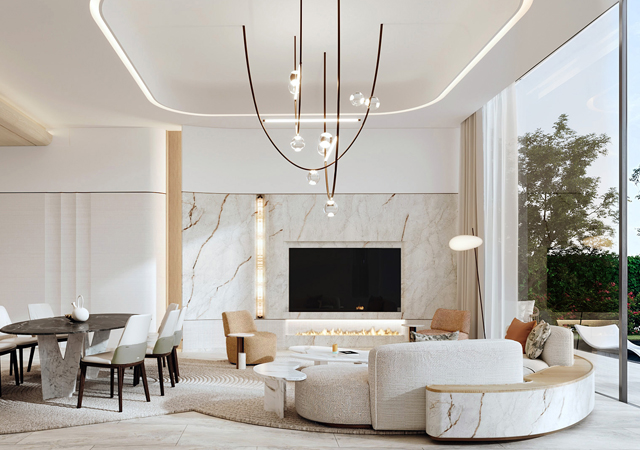
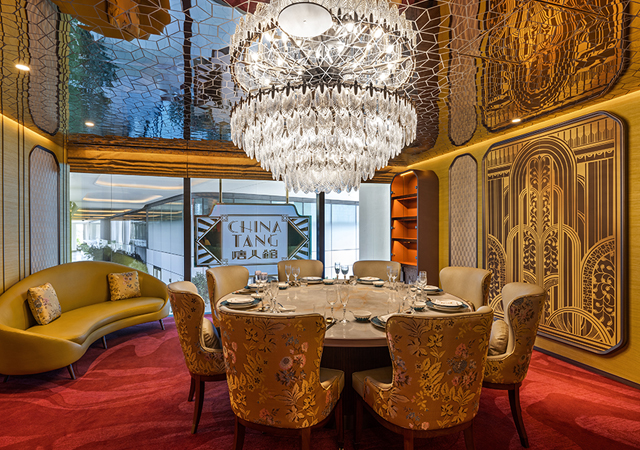
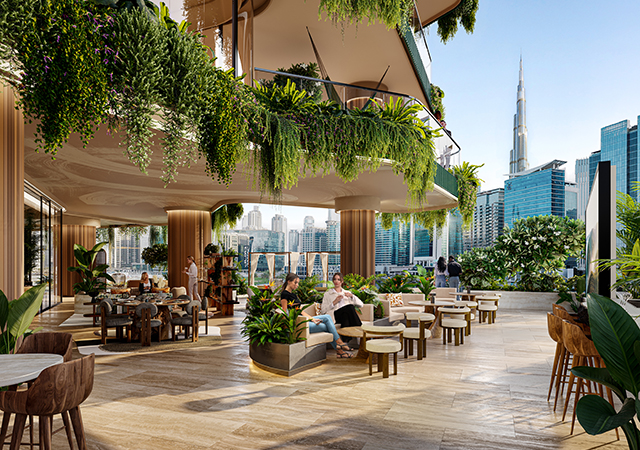
.jpg)




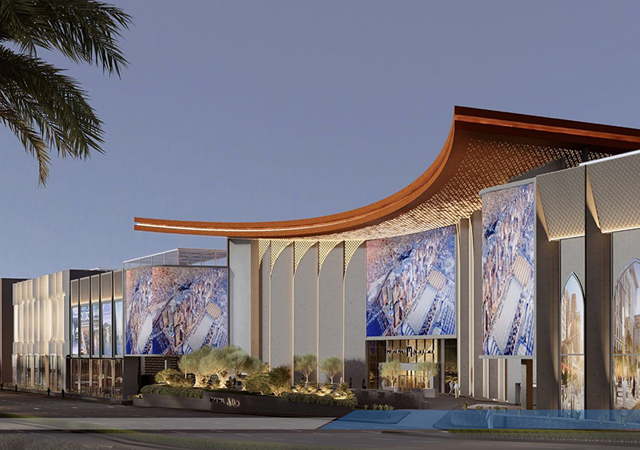
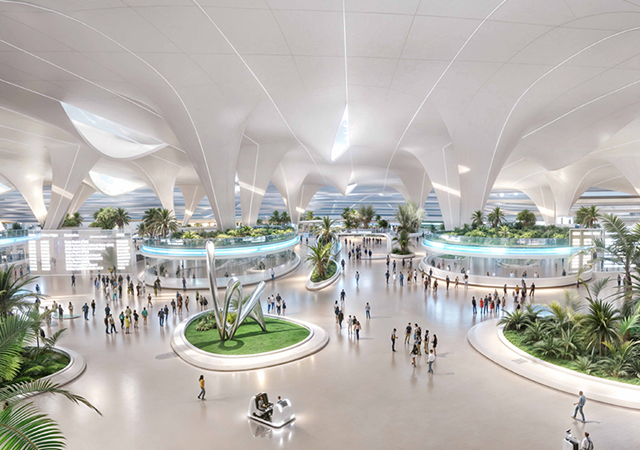
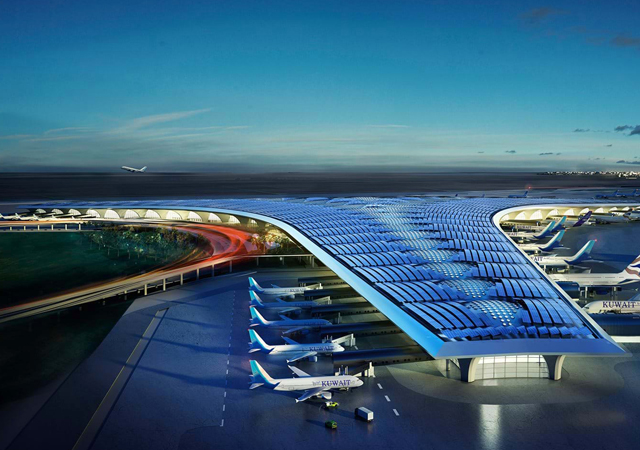
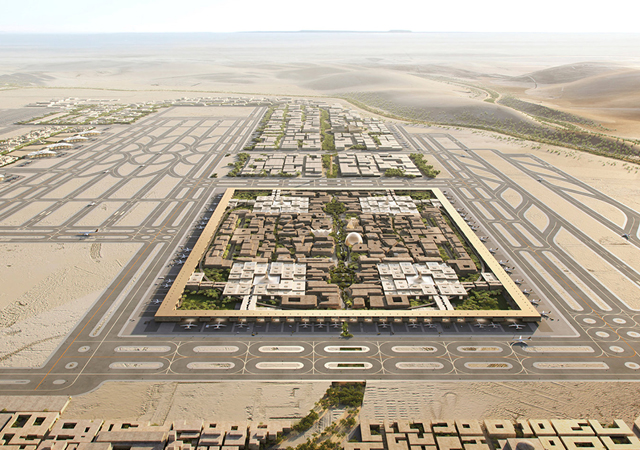
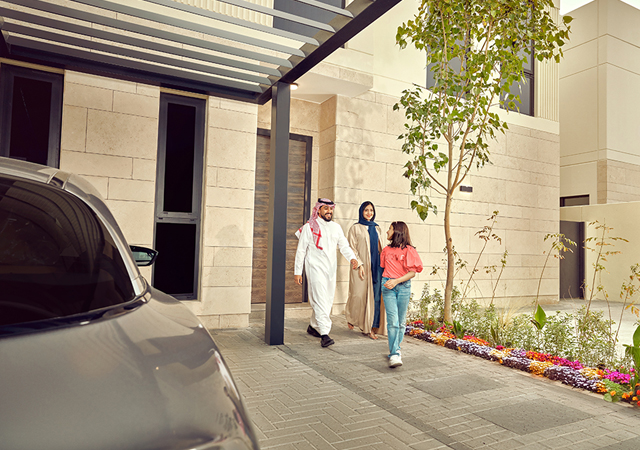
.jpg)
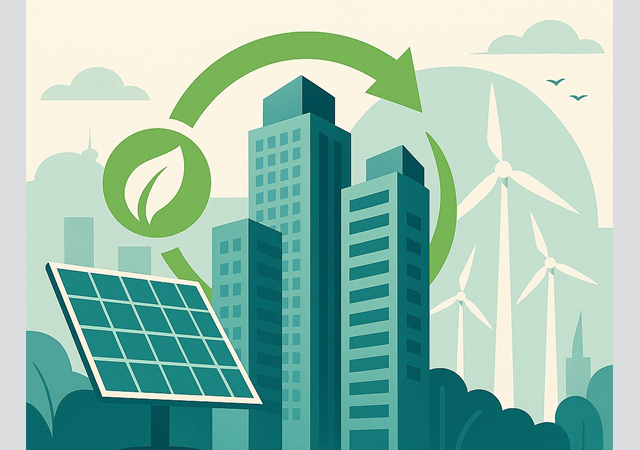
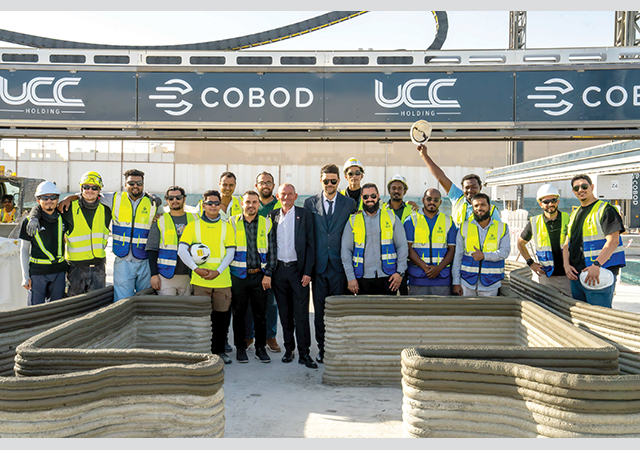
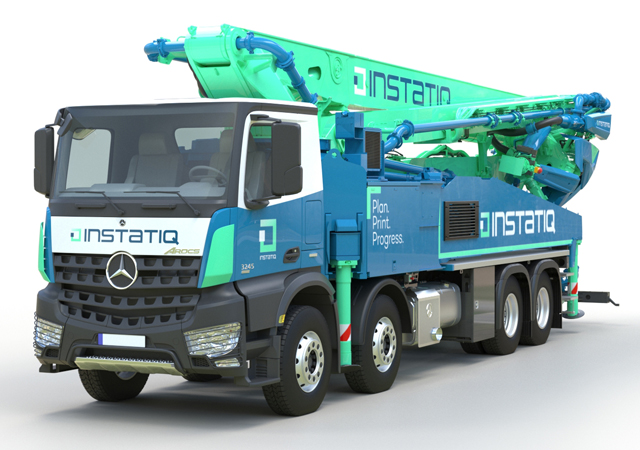
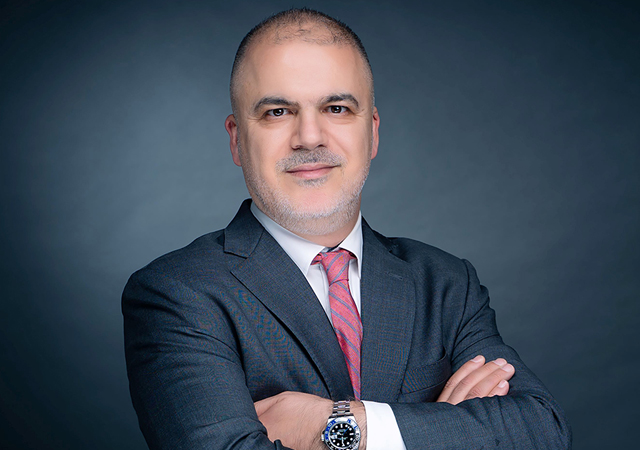
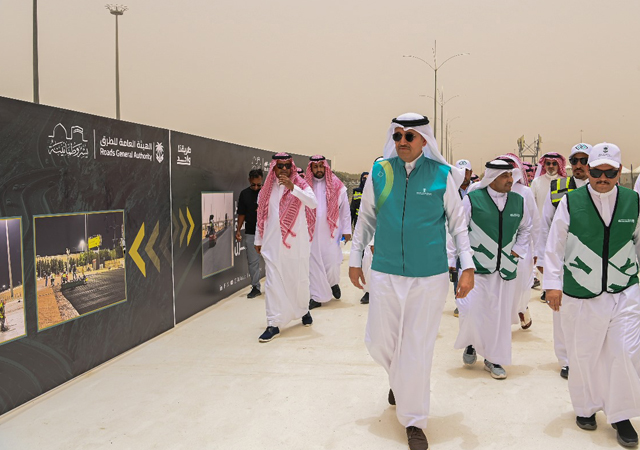
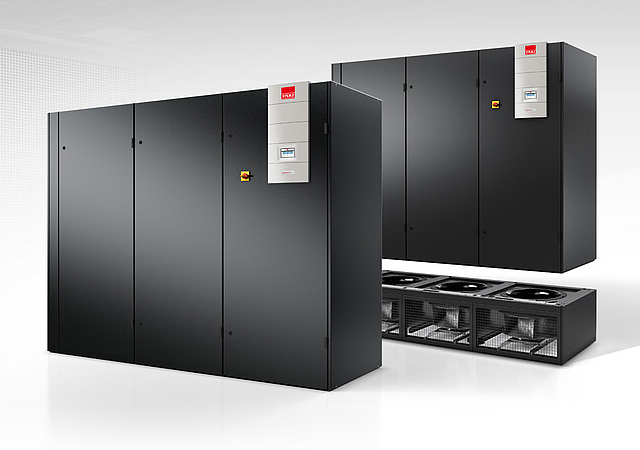
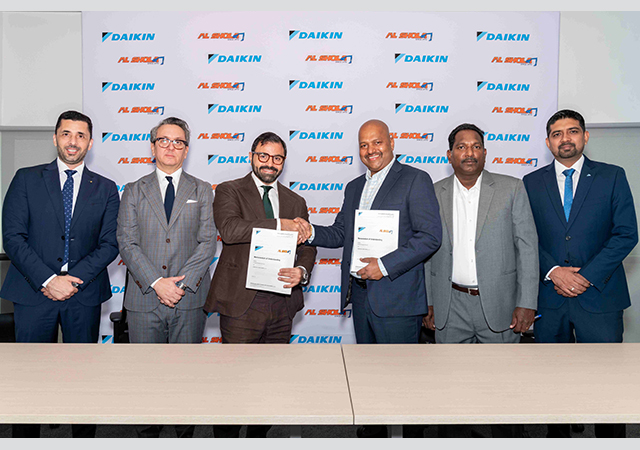

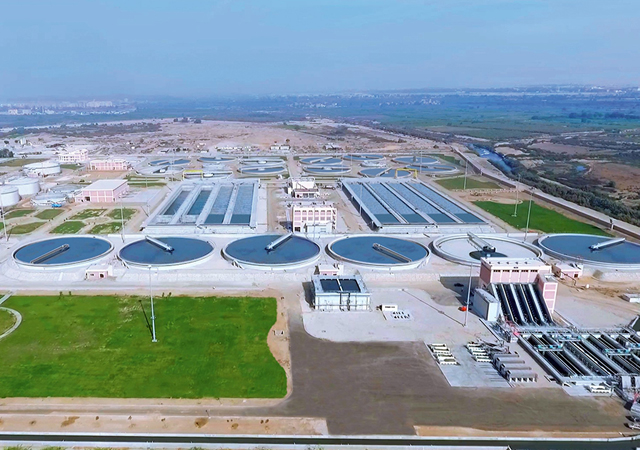
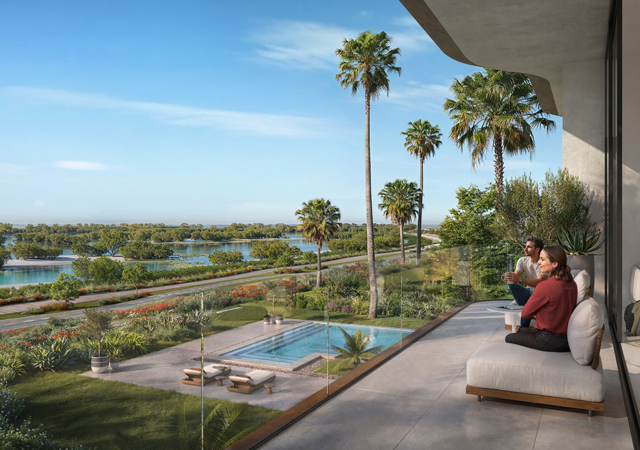
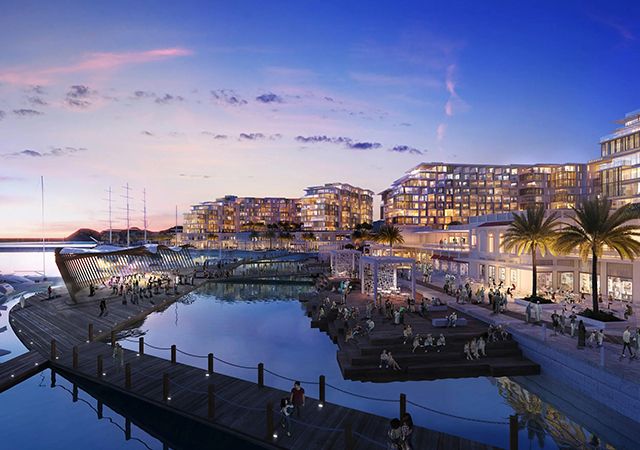

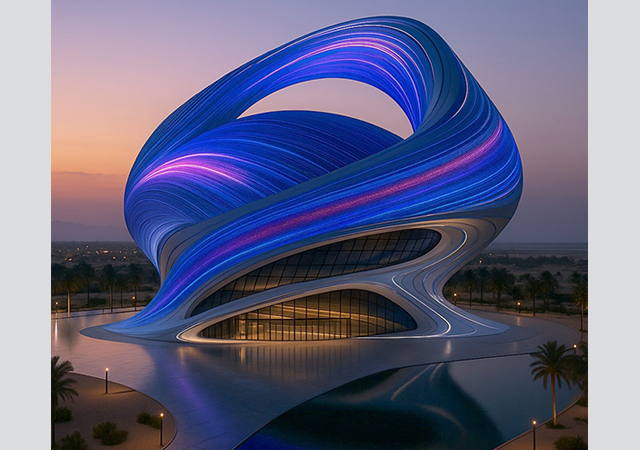
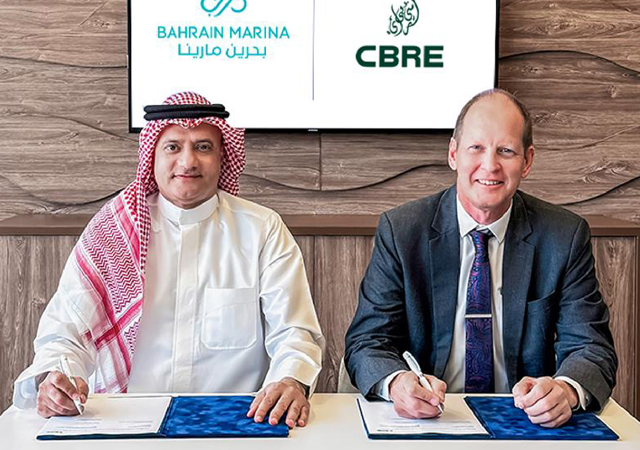
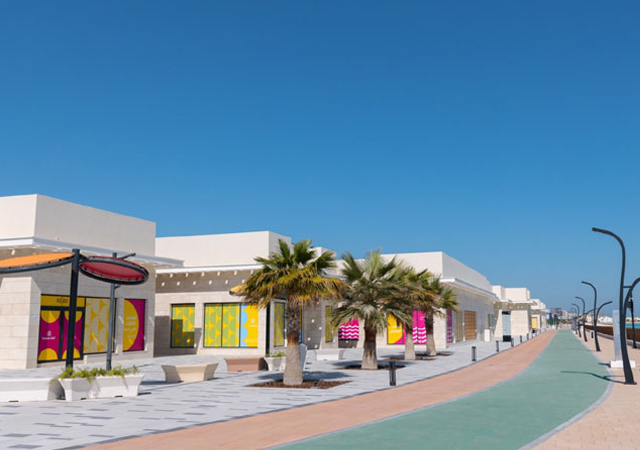
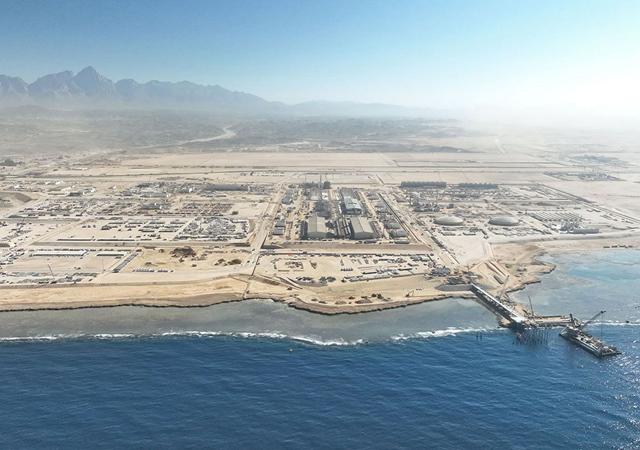
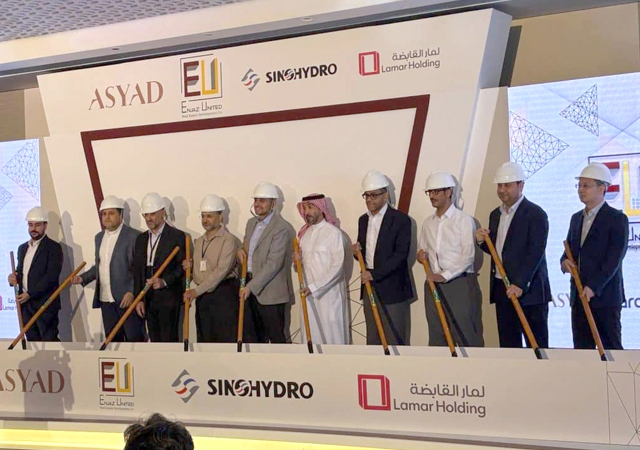
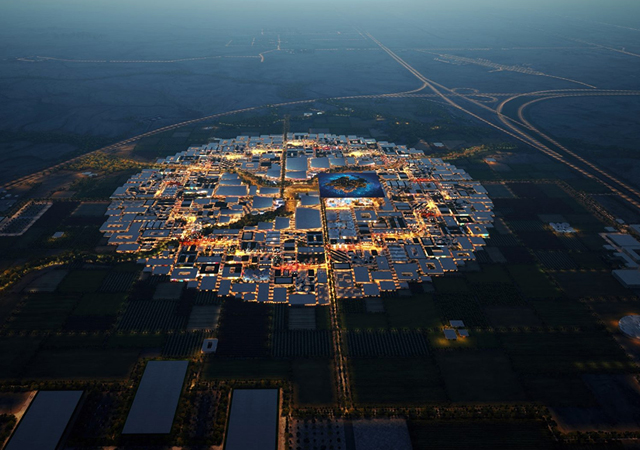
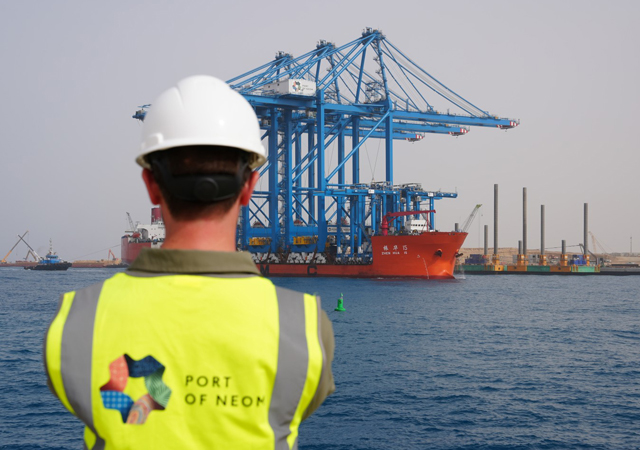
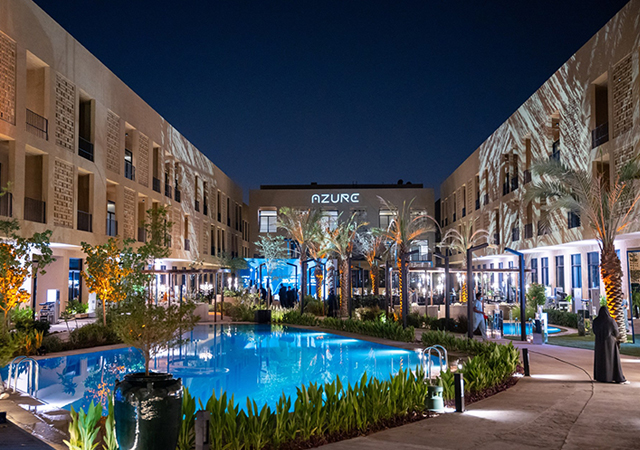
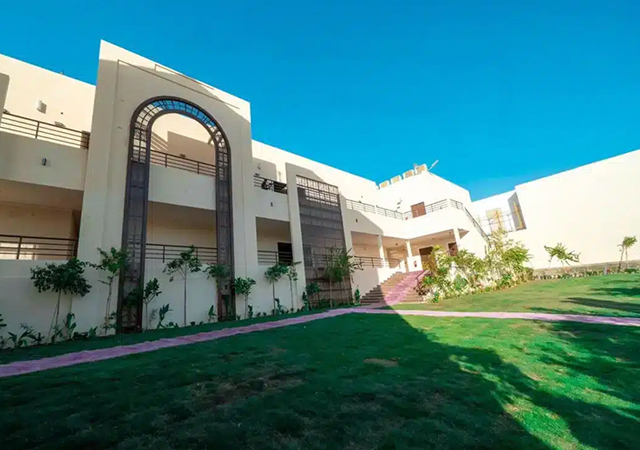

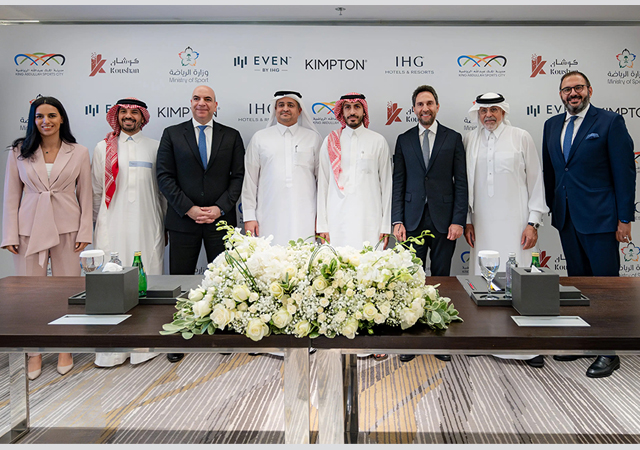
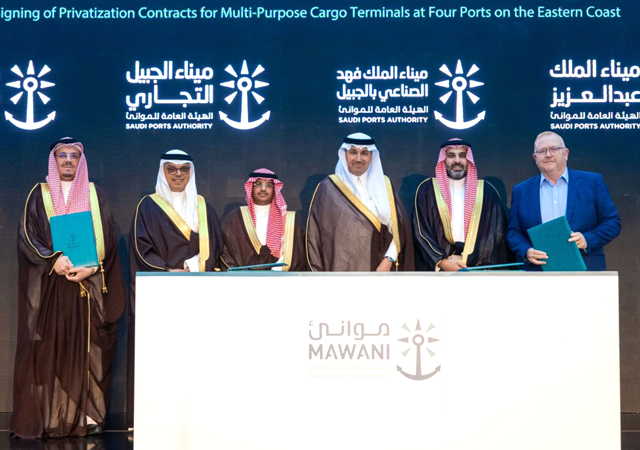
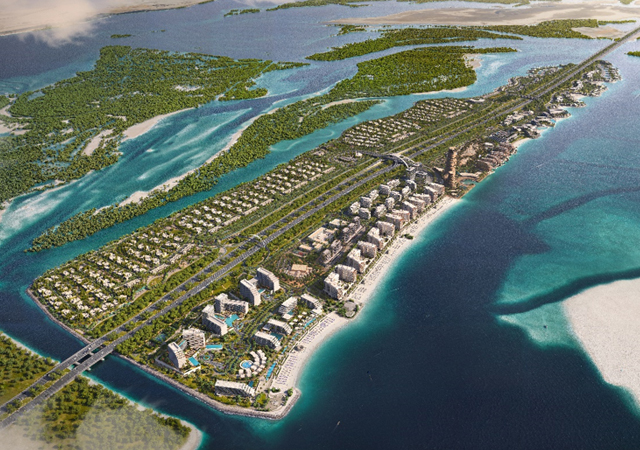
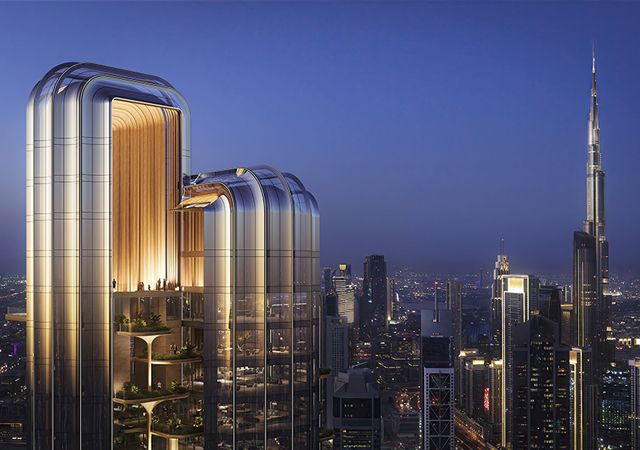
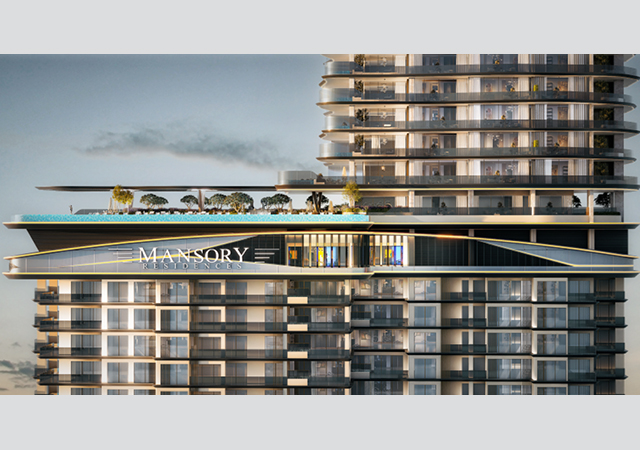
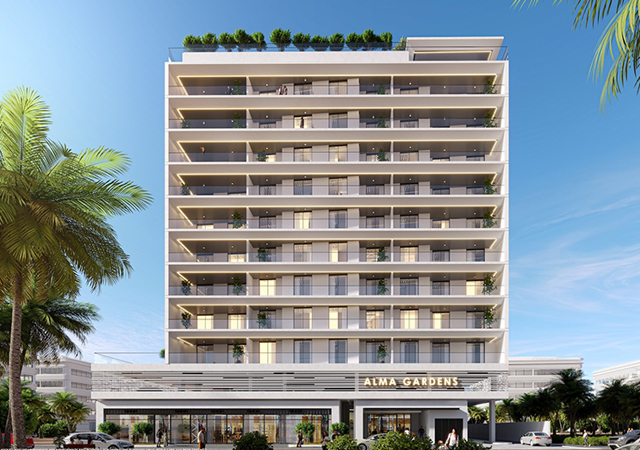

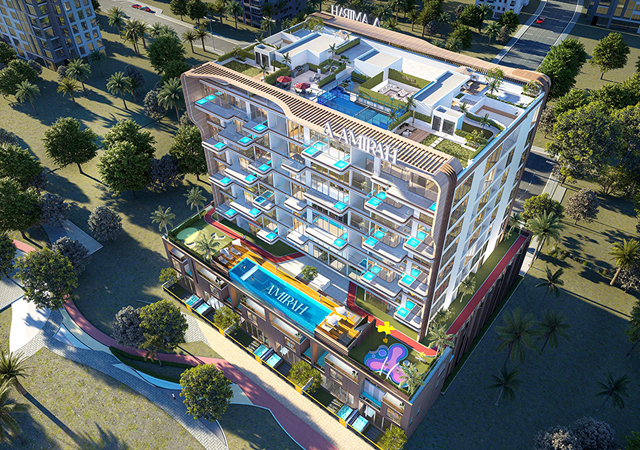
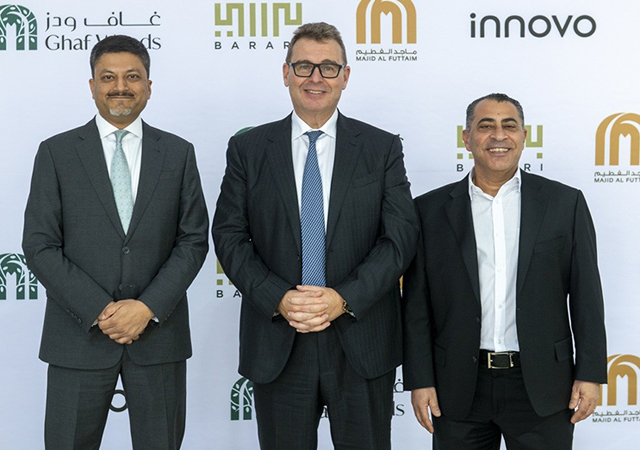
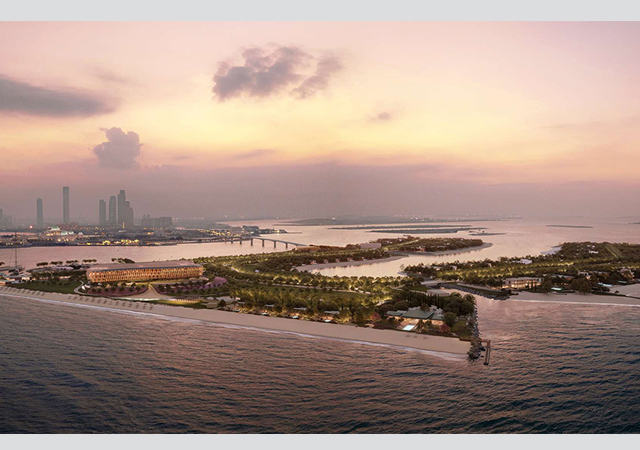
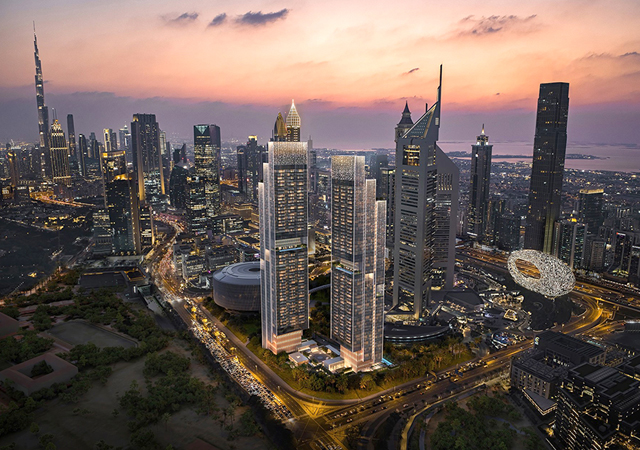
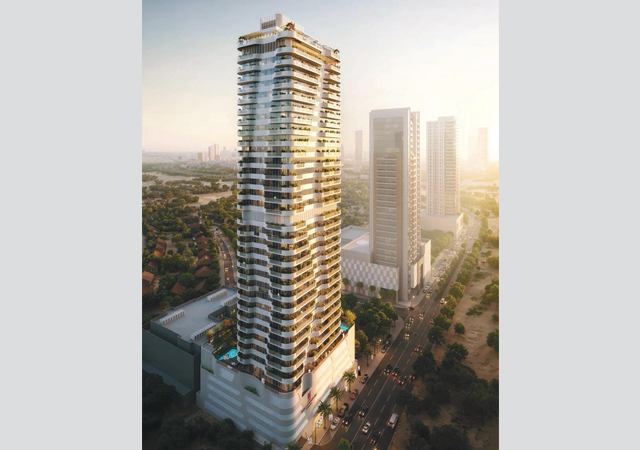
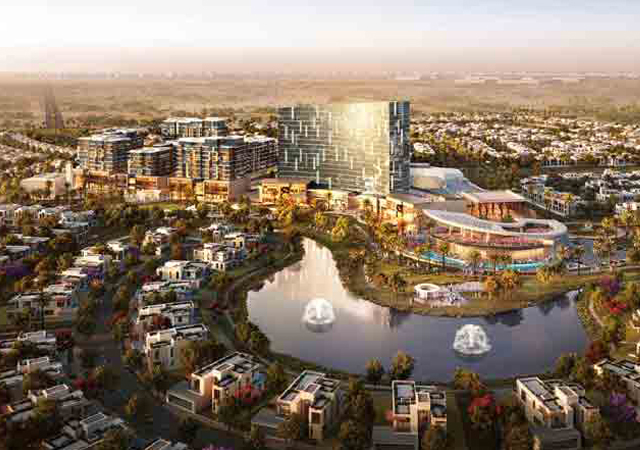
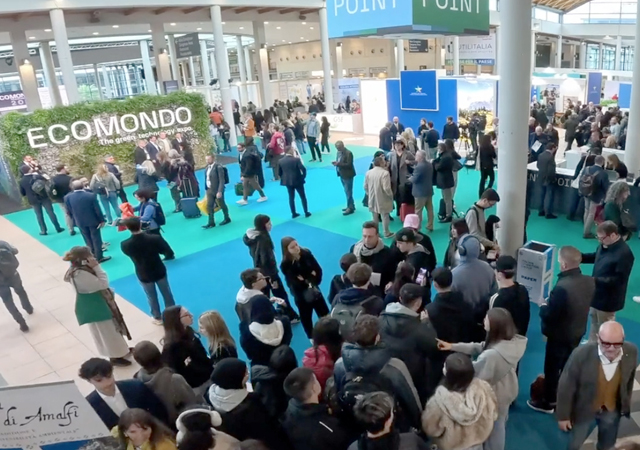
.jpg)












